On Doing Local History
AMERICAN ASSOCIATION FOR STATE AND LOCAL HISTORY BOOK SERIES
Series Editor
Russell Lewis, Chicago History Museum
EDITORIAL ADVISORY BOARD
Eloise Batic, Indiana Historical Society
Jessica Dorman, The Historic New Orleans Collection
W. Eric Emerson, South Carolina Department of Archives and History
Tim Grove, National Air and Space Museum
Lorraine McConaghy, Museum of History and Industry, Seattle, Washington
Sandra Smith, Heinz History Center
Ellen Spear, Heritage Museums & Gardens
Larry Wagenaar, Historical Society of Michigan
STAFF
Bob Beatty, AASLH
Charles Harmon, Rowman & Littlefield Publishers
ABOUT THE SERIES
The American Association for State and Local History Book Series publishes technical and professional information for those who practice and support history, and addresses issues critical to the field of state and local history. To submit a proposal or manuscript to the series, please request proposal guidelines from AASLH headquarters: AASLH Editorial Board, 1717 Church St., Nashville, Tennessee 37203. Telephone: (615) 320-3203. Website: www.aaslh.org.
ABOUT THE ORGANIZATION
The American Association for State and Local History (AASLH), a national history organization headquartered in Nashville, TN, provides leadership, service, and support for its members, who preserve and interpret state and local history in order to make the past more meaningful in American society. AASLH is a membership association representing history organizations and the professionals who work in them. AASLH members are leaders in preserving, researching, and interpreting traces of the American past to connect the people, thoughts, and events of yesterday with the creative memories and abiding concerns of people, communities, and our nation today. In addition to sponsorship of this book series, the Association publishes History News, a newsletter, technical leaflets and reports, and other materials; confers prizes and awards in recognition of outstanding achievement in the field; and supports a broad education program and other activities designed to help members work more effectively. To join the organization, go to www.aaslh.org or contact Membership Services, AASLH, 1717 Church St., Nashville, TN 37203.
On Doing Local History
Third Edition
Carol Kammen
ROWMAN & LITTLEFIELD
Lanham Boulder New York Toronto Plymouth, UK
Published by Rowman & Littlefield
4501 Forbes Boulevard, Suite 200, Lanham, Maryland 20706
www.rowman.com
10 Thornbury Road, Plymouth PL6 7PP, United Kingdom
Copyright 2014 by Rowman & Littlefield
All rights reserved. No part of this book may be reproduced in any form or by any electronic or mechanical means, including information storage and retrieval systems, without written permission from the publisher, except by a reviewer who may quote passages in a review.
British Library Cataloguing in Publication Information Available
Library of Congress Cataloging-in-Publication Data
Kammen, Carol, 1937
On doing local history / Carol Kammen. Third edition.
pages cm.
ISBN 978-0-7591-2369-4 (cloth : alk. paper) ISBN 978-0-7591-2370-0 (pbk. : alk. paper) ISBN 978-0-7591-2371-7 (electronic) 1. United StatesHistory, LocalHandbooks, manuals, etc. 2. Local history. I. Title.
E180.K28 2014
973dc23
2013046453
 TM The paper used in this publication meets the minimum requirements of American National Standard for Information Sciences Permanence of Paper for Printed Library Materials, ANSI/NISO Z39.48-1992.
TM The paper used in this publication meets the minimum requirements of American National Standard for Information Sciences Permanence of Paper for Printed Library Materials, ANSI/NISO Z39.48-1992.
Printed in the United States of America
Michael Kammen
19362013
He is a portion of the loveliness
Which once he made more lovely...
Foreword
I have admired Carol Kammens work for some time. Her column in History News, spanning almost twenty years, continues to present a welcome and refreshing view of the historians craft. Tightly constructed, eminently readable, and always relevant, Kammens editorials define the genre of local history and establish high standards for its practitioners.
The importance of her sense of the past was reinforced last year when I taught a freshmen-level introductory history course. Titled Making History, the offering was designed to answer questions such as What is history?, What do historians do?, What is historical evidence?, and Why is knowledge of history important?
Over the course of the semester, we explored the nature of history and considered the place of history in our everyday lives. Topics included the construction of historical interpretations, the difference between history and memory, the use of history in manipulating public memory, and the centrality of history in this nations culture wars. Undergirding the course was an emphasis on local history that allowed the students to take advantage of museums, cemeteries, and past community notables.
My students used three books that covered a wide spectrum of historical inquiry. As I prepared the syllabus, I imagined my students weighing the three offerings somewhat equally and leaving the class with historical nuggets gleaned from the variety of the readings. Only a few weeks into the semester, however, it became very clear that my students fully embraced only one of the texts and that was On Doing Local History! They were captivated not only by the manner in which Kammen made local history interesting (the concept of local history being something quite foreign to those recent high school graduates), but also the style with which she presented her information. On Doing Local History provided them a logically constructed window through which they could view and understand the nature of history. Because Kammen has such an obvious gift for conceptualizing and writing about local history, my students departed my class with a much greater appreciation for the idea of history and how history is constructed and used, locally and nationally.
This third edition of On Doing Local History contains all of the informative essays of the previous versions. Readers will additionally benefit from a new compelling chapter on doing ecclesiastical history and an inspired meditation on the public benefits of encouraging Clio to interact with other muses of the arts and humanities. She proposes here that if an understanding of history is enhanced by the inclusion of art and music, then clearly the public presentation of music and art can be enriched when accompanied by historical context. Our sense of history local, public, and generalis equally enhanced by the intelligent analysis of Clios profession found in On Doing Local History.
Having a high regard for Kammens ability to craft clear and powerful sentences, I turned to that old standby The Elements of Style to find adjectives to better describe her work. I was reminded that like Kammen, William Strunk and E. B. White were both associated with Cornell University: Strunk as a professor and White as a student. I do not know whether Kammen is a follower of Strunk and White, but she clearly shares their gift for effective writing. There must be something literary in the air high above Cayugas waters.
Dwight T. Pitcaithley
New Mexico State University
Introduction
Some years ago, when I was quite young, I was searching for a way to be useful within the limits of my own skills and life. I had studied history and lived among historians, so looking at local and regional history seemed possible and was interesting to me. Finding a niche within which to do this was actually more difficult than deciding what I would like to do. There was no role for me in the local historical society, run by old-timers in the community, all more than fifty years older than I, and perhaps wiser, I dont know. They had their way of doing things and thought my interest a passing fancy since I was not born locally. I would surely, they thought, move on to other, more lucrative activitiesor simply move on.

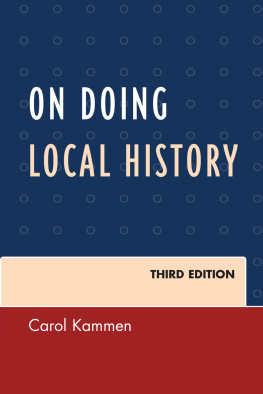
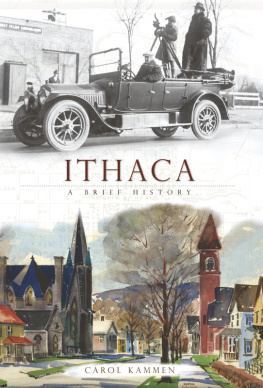

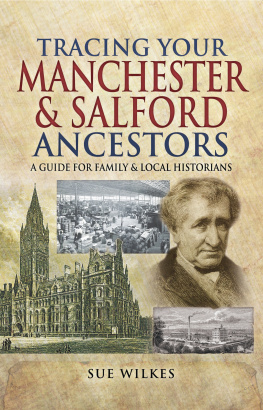
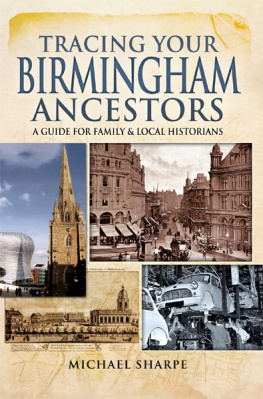
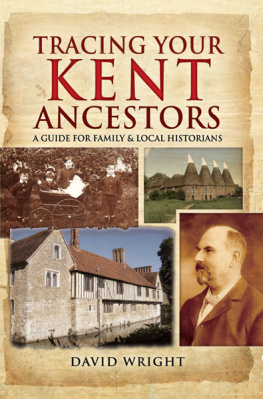
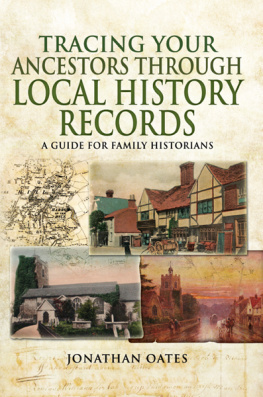
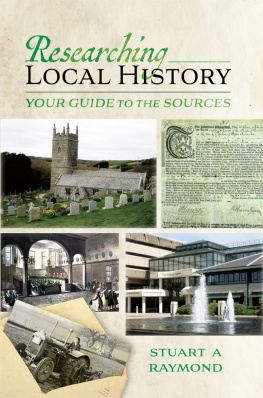

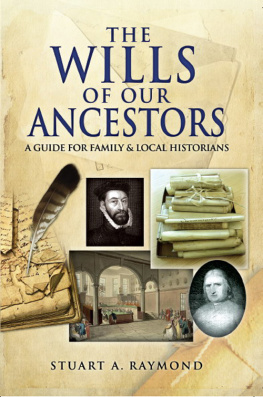
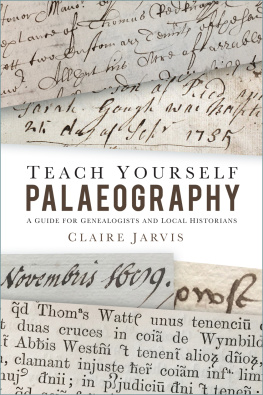
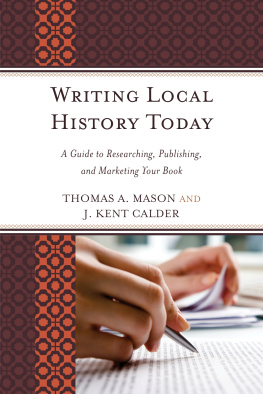
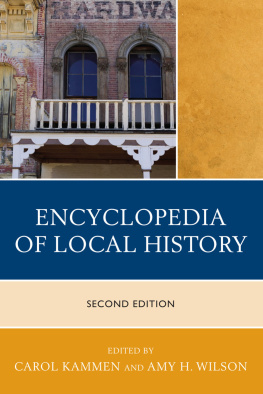

 TM The paper used in this publication meets the minimum requirements of American National Standard for Information Sciences Permanence of Paper for Printed Library Materials, ANSI/NISO Z39.48-1992.
TM The paper used in this publication meets the minimum requirements of American National Standard for Information Sciences Permanence of Paper for Printed Library Materials, ANSI/NISO Z39.48-1992.